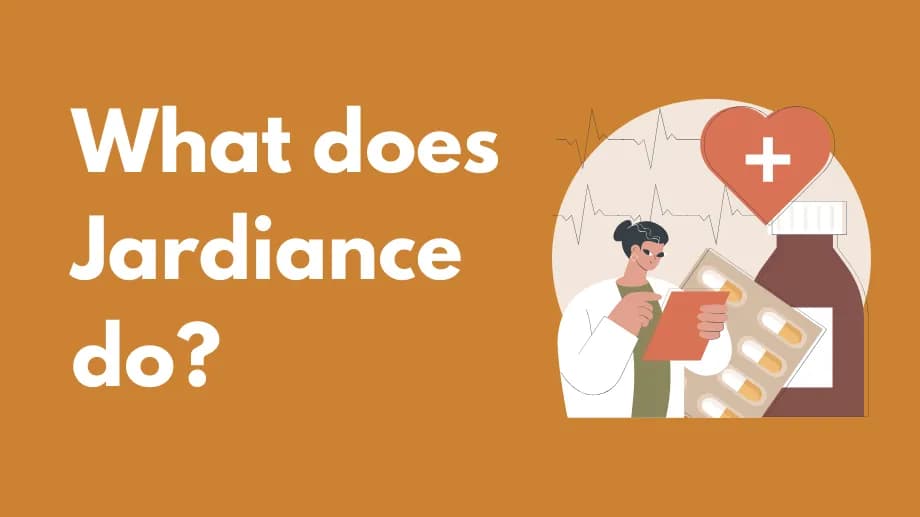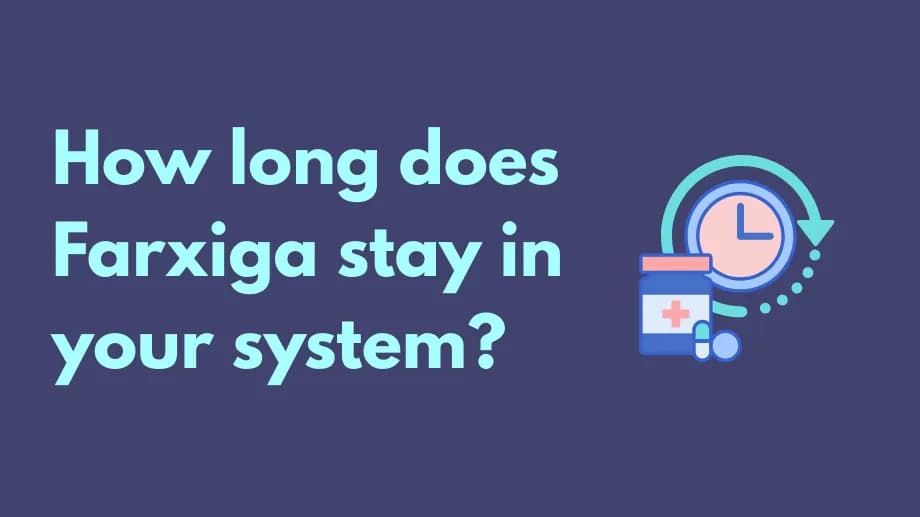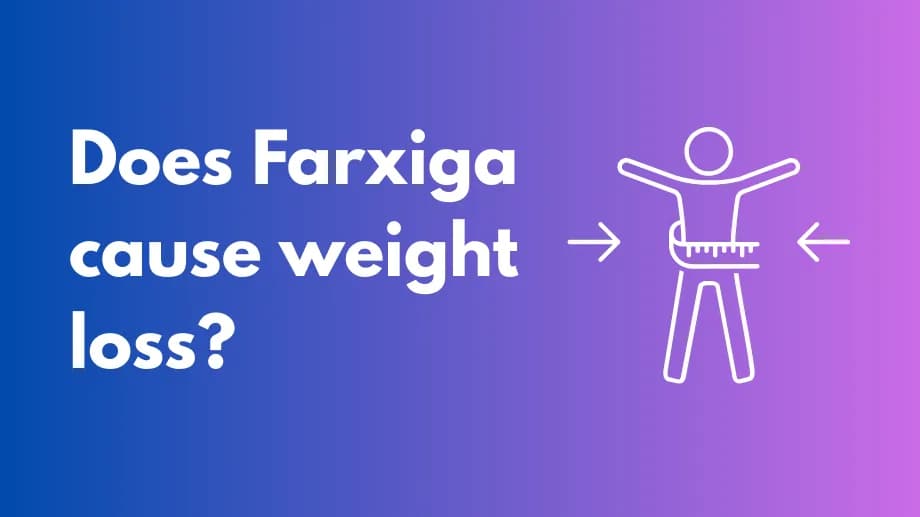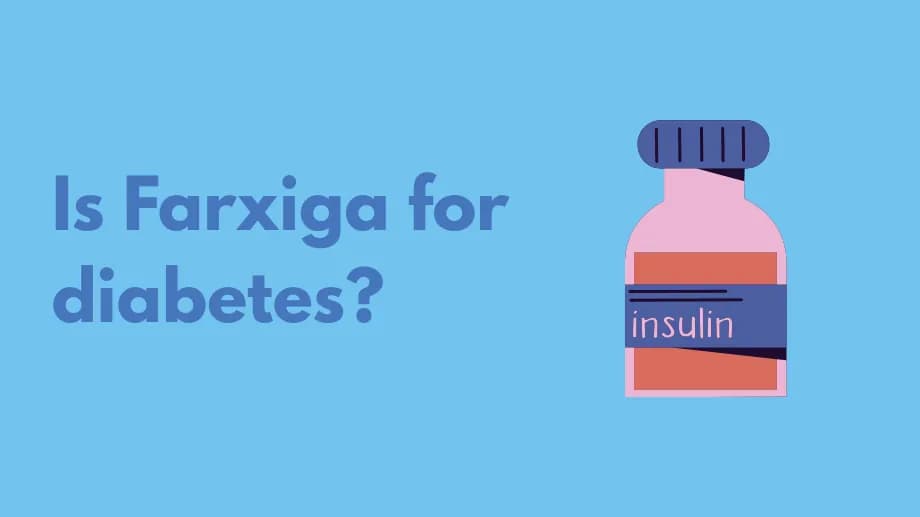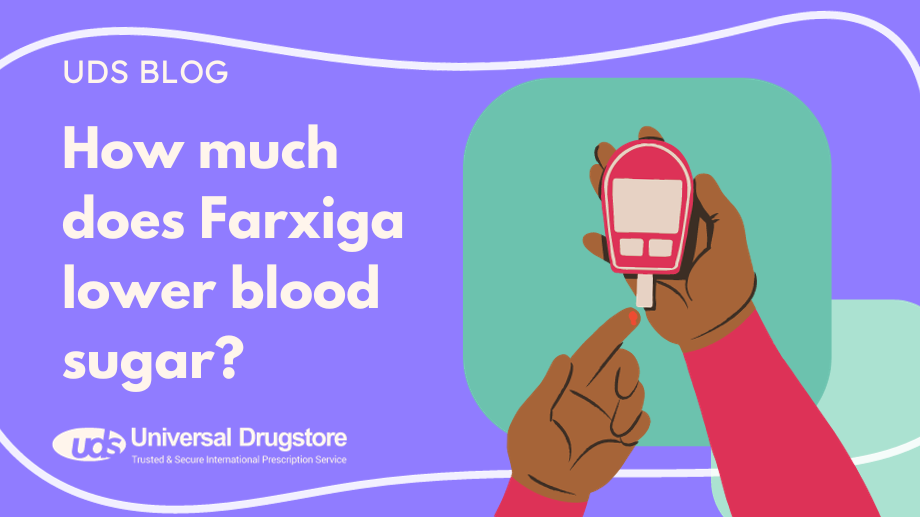What is heart failure?
Heart failure, often referred to as congestive heart failure, is a condition where the heart muscle does not pump blood to the rest of the body as well as it should. Blood moves through the heart and body more slowly, and pressure in the heart increases. As a result, the heart cannot supply enough oxygen-rich blood and nutrients to meet the body’s needs.
Heart failure can develop because of medical conditions that damage the heart or make it work harder, such as coronary artery disease, high blood pressure, faulty heart valves, irregular heartbeat, cardiomyopathy, inflammation, and congenital heart defects. Lifestyle factors like obesity, a high-fat diet, and a sedentary lifestyle also increase the risk.
Symptoms include shortness of breath, fatigue, swollen legs, and rapid heartbeat. Treatment involves medications, lifestyle changes, and sometimes surgery to manage symptoms and prevent progression.
What are the types of heart failure?
- Left-sided heart failure: fluid backs up into the lungs, causing shortness of breath.
- Right-sided heart failure: fluid backs up into the abdomen, legs, and feet, causing swelling.
- Heart failure with reduced ejection fraction (HFrEF): also called systolic heart failure, where the left ventricle cannot squeeze effectively.
- Heart failure with preserved ejection fraction (HFpEF): also called diastolic heart failure, where the left ventricle cannot relax or fill fully.
What causes heart failure?
Heart failure is caused by conditions that damage the heart muscle or increase its workload. Common causes and risk factors include:
- Coronary artery disease: narrowed arteries reduce blood flow to the heart.
- High blood pressure: forces the heart to work harder over time.
- Heart attack: sudden blockage damages heart muscle.
- Cardiomyopathy: diseases of the heart muscle from genetics, infection, alcohol, or drugs.
- Faulty heart valves: increase workload due to improper opening or closing.
- Arrhythmias: abnormal rhythms make the heart pump less efficiently.
- Infections: myocarditis, rheumatic fever, endocarditis can damage the heart.
- Chronic diseases: diabetes, severe anemia, thyroid disorders, pulmonary hypertension, emphysema, lupus.
- Lifestyle factors: obesity, high-fat diet, physical inactivity.
What are the symptoms of heart failure?
Symptoms vary by type, severity, and whether the condition is acute or chronic:
- Shortness of breath (dyspnea) during activity, rest, or when lying flat
- Persistent cough or wheezing producing white or pink mucus
- Edema: swelling in feet, ankles, legs, or abdomen
- Fatigue and difficulty performing daily activities
- Loss of appetite and nausea due to fluid buildup around the liver and intestines
- Impaired thinking or confusion from reduced brain blood flow
- Rapid or irregular heartbeat compensating for poor pumping
- Weight gain from fluid retention or weight loss from poor nutrient absorption
How is heart failure diagnosed?
- Medical history and physical exam: review symptoms, risk factors, and check for fluid buildup
- Blood tests: measure natriuretic peptides (BNP, NT-proBNP) and assess kidney, liver, and thyroid function
- Chest X-ray: shows heart size and fluid in lungs
- Electrocardiogram (ECG/EKG): records heart’s electrical activity and detects damage or arrhythmias
- Echocardiogram: ultrasound measures ejection fraction and visualizes heart structure and function
- Stress test: evaluates heart performance during exercise
- Cardiac MRI or CT scan: detailed imaging of heart anatomy and function
- Cardiac catheterization: measures pressures inside the heart and checks for arterial blockages
How is heart failure treated?
Lifestyle changes
- Low-salt diet to reduce fluid retention
- Regular exercise as tolerated, in consultation with a healthcare provider
- Weight management to reduce cardiac workload
- Smoking cessation and limiting alcohol intake
Medications
- ACE inhibitors and ARBs: relax blood vessels and lower blood pressure
- ARNI (sacubitril/valsartan): enhances vasodilation and fluid removal
- Beta-blockers: reduce heart rate and workload
- Diuretics: remove excess fluid to ease symptoms
- Aldosterone blockers: reduce fluid retention and prevent heart scarring
- Digoxin: strengthens heart contractions
- SGLT2 inhibitors: improve outcomes and reduce hospitalizations
- Vasodilators: widen blood vessels to decrease cardiac workload
Devices and procedures
- Implantable cardioverter defibrillators (ICDs) to prevent sudden arrhythmic death
- Cardiac resynchronization therapy (CRT) pacemakers to improve ventricular coordination
- Ventricular assist devices (VADs) to mechanically pump blood
- Coronary artery bypass grafting (CABG) to restore blood flow past blockages
- Heart transplant for end-stage, refractory heart failure
Ongoing care
Regular follow-up with a healthcare team—including cardiologists, primary care physicians, and heart failure specialists—is essential to monitor disease progression, adjust treatments, and support self-care.
Sources
- What is Heart Failure? American Heart Association. Accessed Apr. 25, 2024.
- Heart failure. National Heart, Lung, and Blood Institute. Accessed Apr. 25, 2024.
- Heart failure (HF). Merck Manual Professional Version. Accessed Apr. 25, 2024.
- Heidenreich PA, et al. 2022 AHA/ACC/HFSA guideline for the management of heart failure. Circulation. 2022; doi:10.1161/CIR.0000000000001063.
